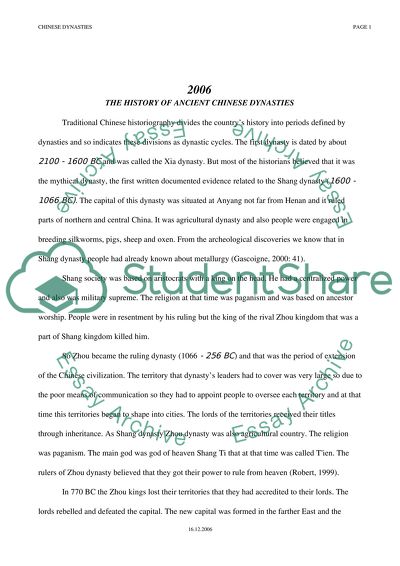Cite this document
(The History of Ancient Chinese Dynasties Term Paper, n.d.)
The History of Ancient Chinese Dynasties Term Paper. Retrieved from https://studentshare.org/history/1525443-china-high-school-essay
The History of Ancient Chinese Dynasties Term Paper. Retrieved from https://studentshare.org/history/1525443-china-high-school-essay
(The History of Ancient Chinese Dynasties Term Paper)
The History of Ancient Chinese Dynasties Term Paper. https://studentshare.org/history/1525443-china-high-school-essay.
The History of Ancient Chinese Dynasties Term Paper. https://studentshare.org/history/1525443-china-high-school-essay.
“The History of Ancient Chinese Dynasties Term Paper”, n.d. https://studentshare.org/history/1525443-china-high-school-essay.


